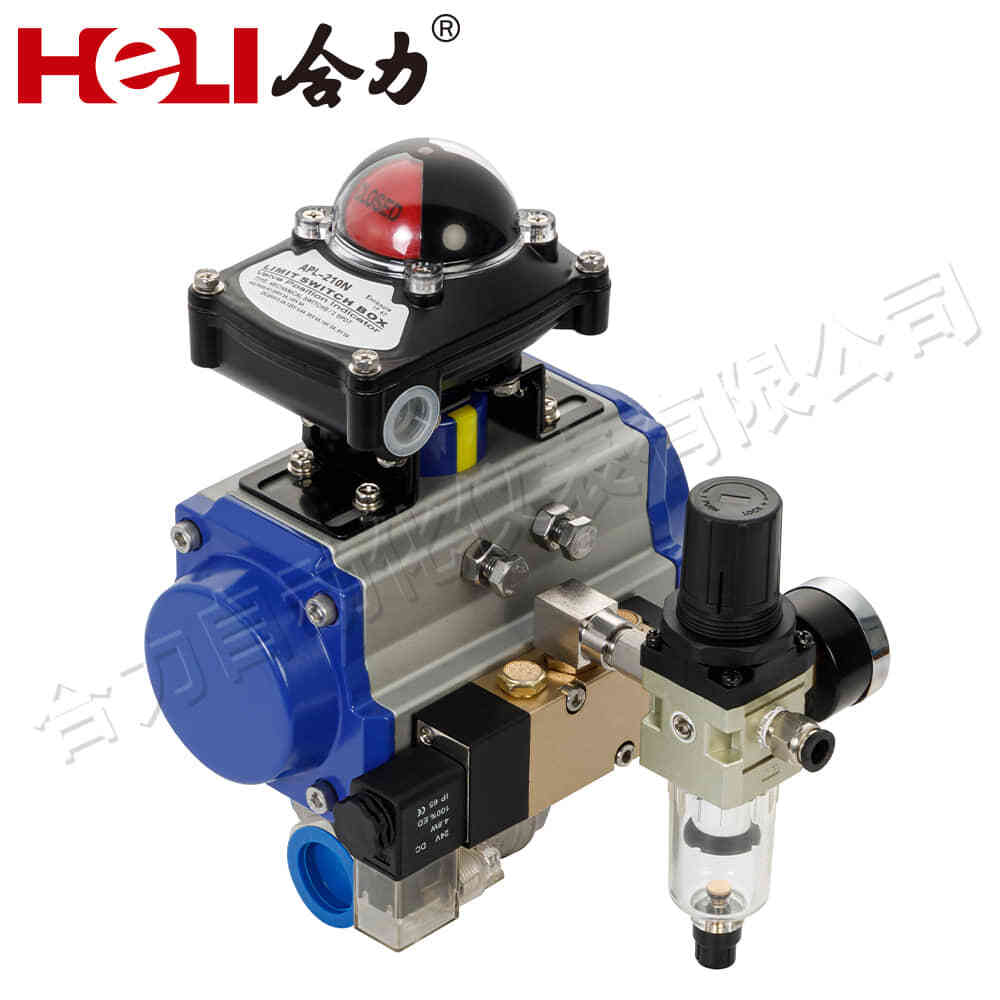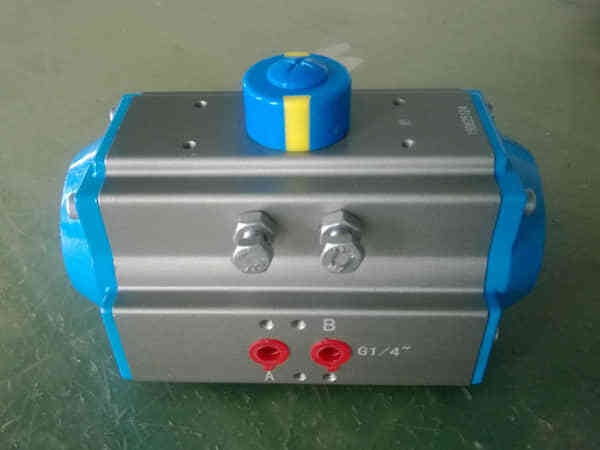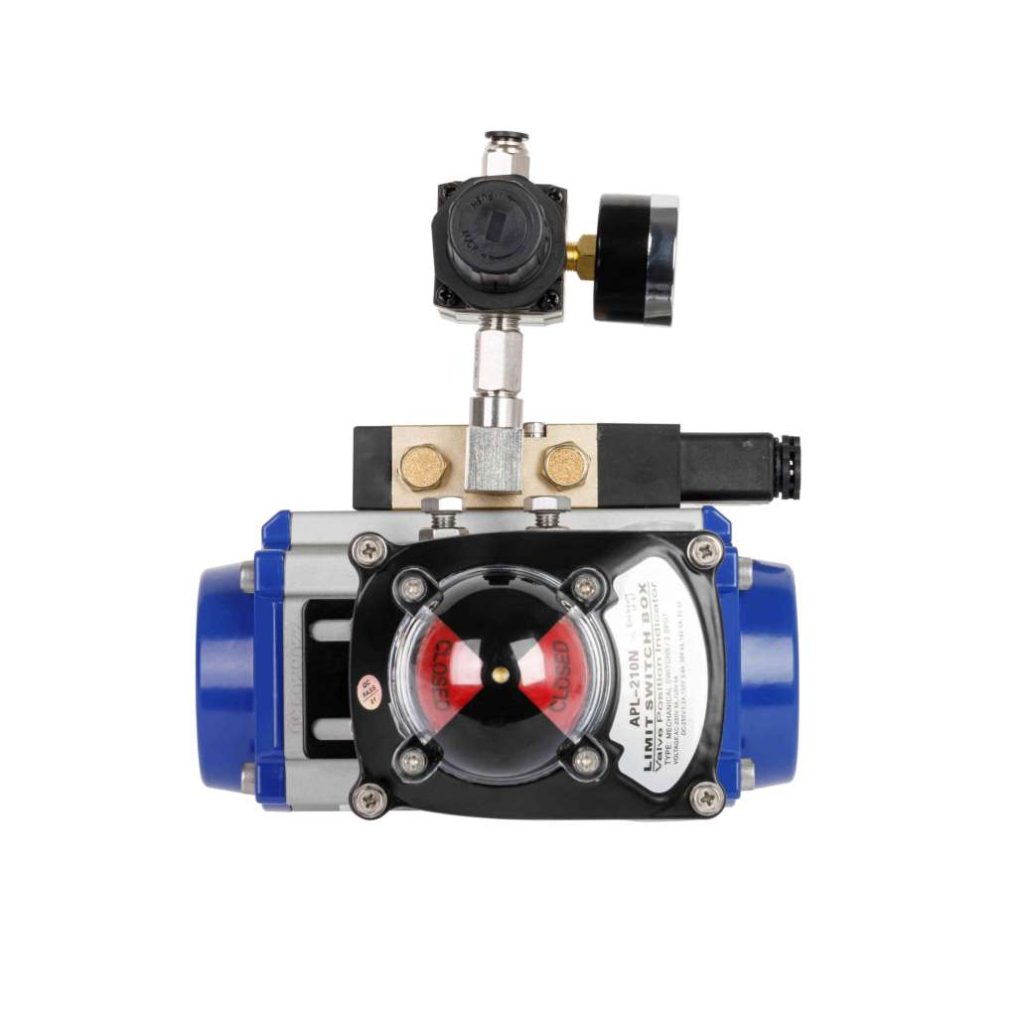Pneumatic actuators are integral components in various industries, playing a vital role in automation systems and machinery. These devices convert compressed air into mechanical motion, which is then used to perform various tasks such as controlling valves, moving parts, or driving mechanical processes. The use of pneumatic actuators is widespread due to their efficiency, reliability, and ease of control. In this article, we will explore the functionality, applications, and advantages of pneumatic actuators.

What Is a Pneumatic Actuator?

A pneumatic actuator is a type of actuator that uses compressed air to produce linear or rotary motion. It typically consists of a cylinder that holds compressed air and a piston inside the cylinder. When the air pressure inside the cylinder is regulated, it forces the piston to move. The movement of the piston can be converted into linear motion (such as pushing or pulling) or rotary motion (such as turning a shaft). The actuation process is controlled by valves that regulate the flow of compressed air into the actuator. Pneumatic actuators are generally classified into two types: linear and rotary. Linear actuators provide straight-line motion, while rotary actuators produce rotational motion. Both types are widely used in automation systems for controlling machinery and equipment.
